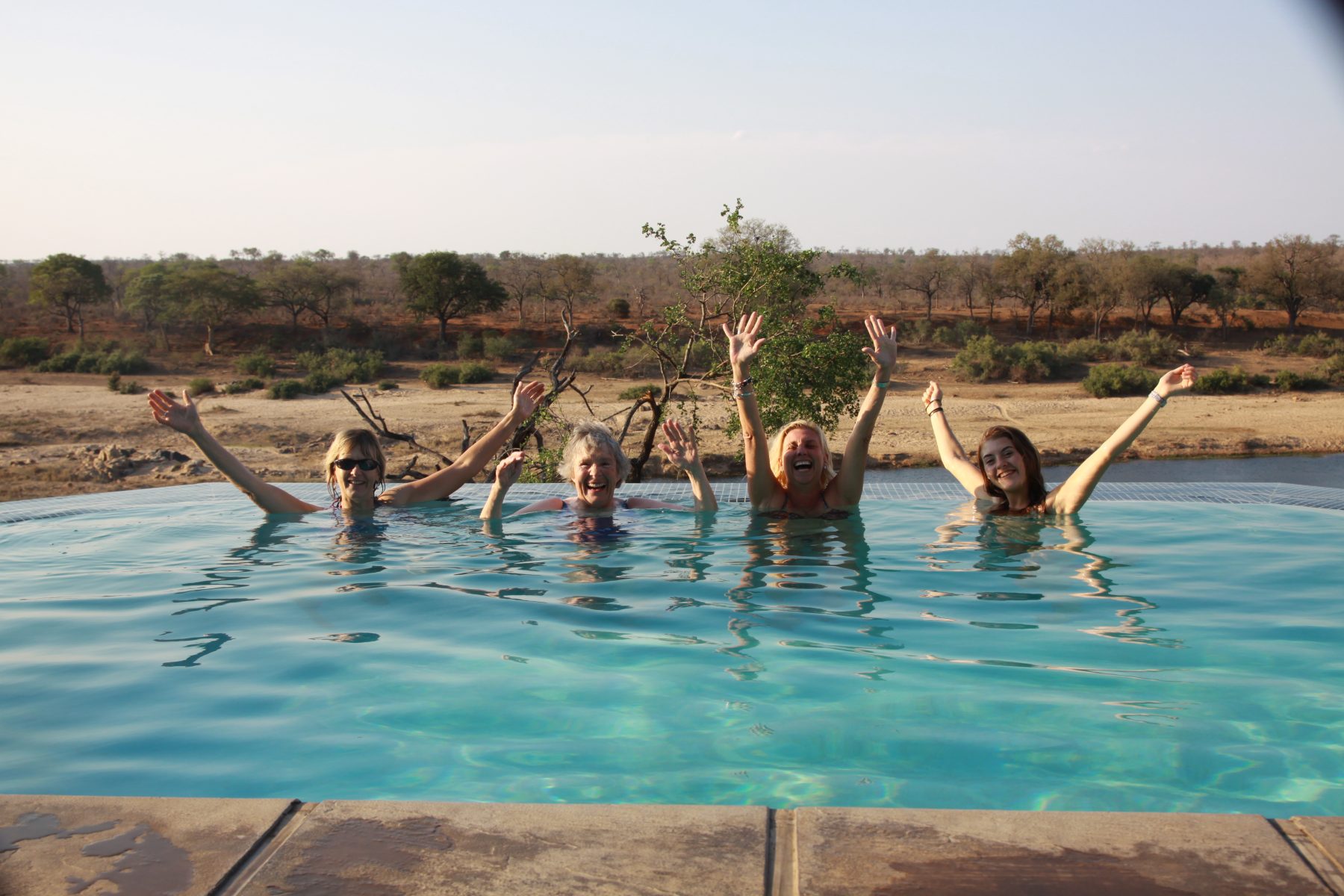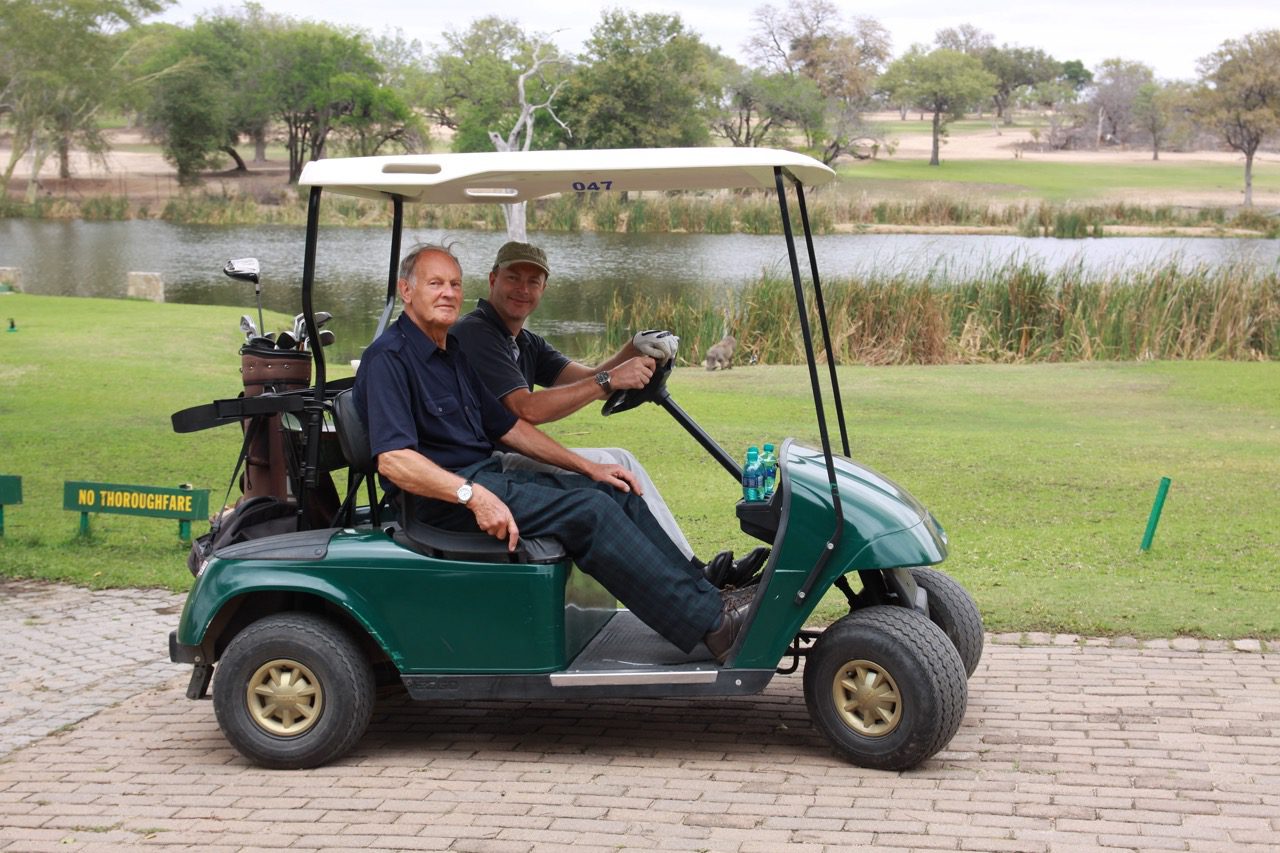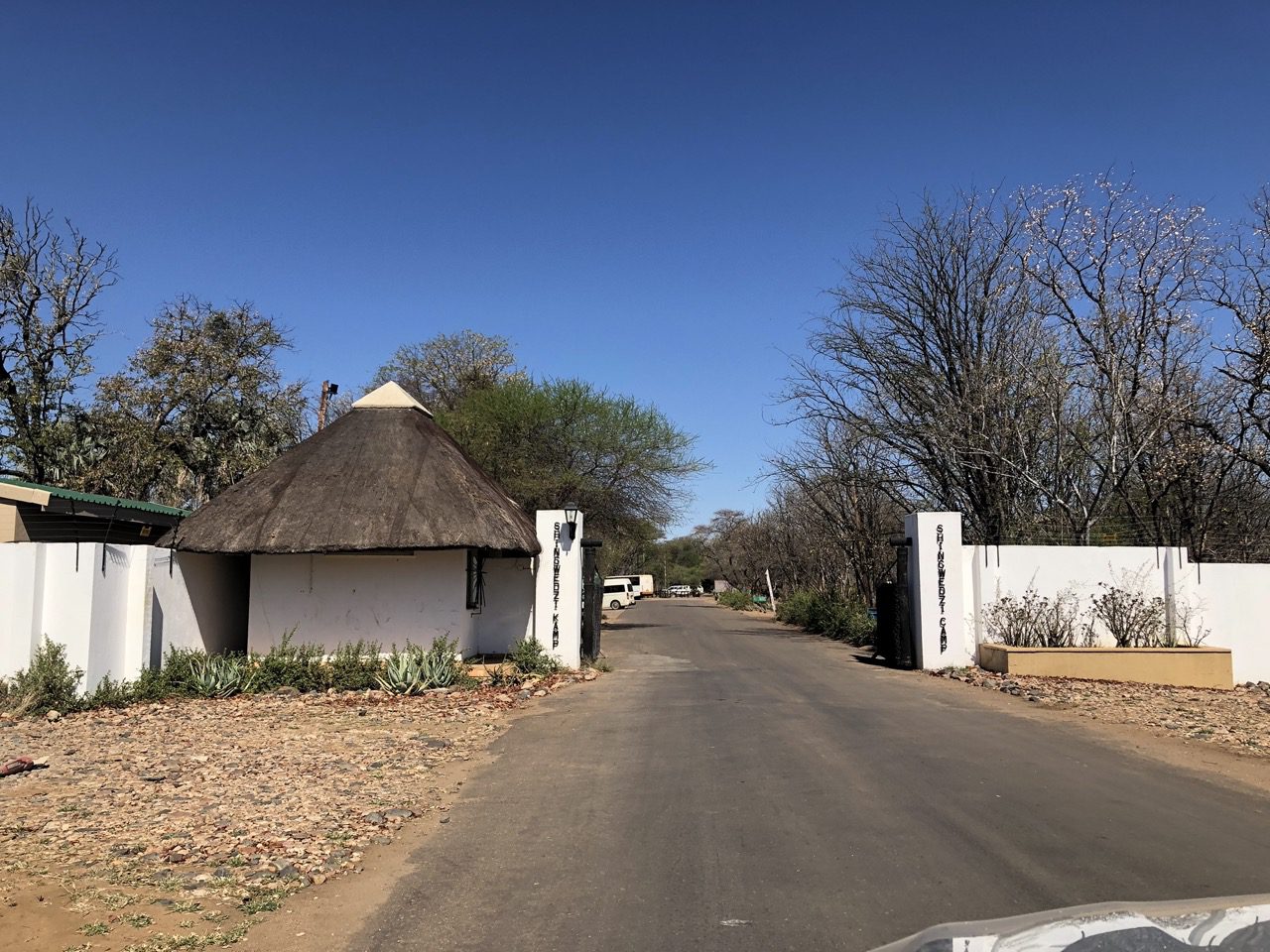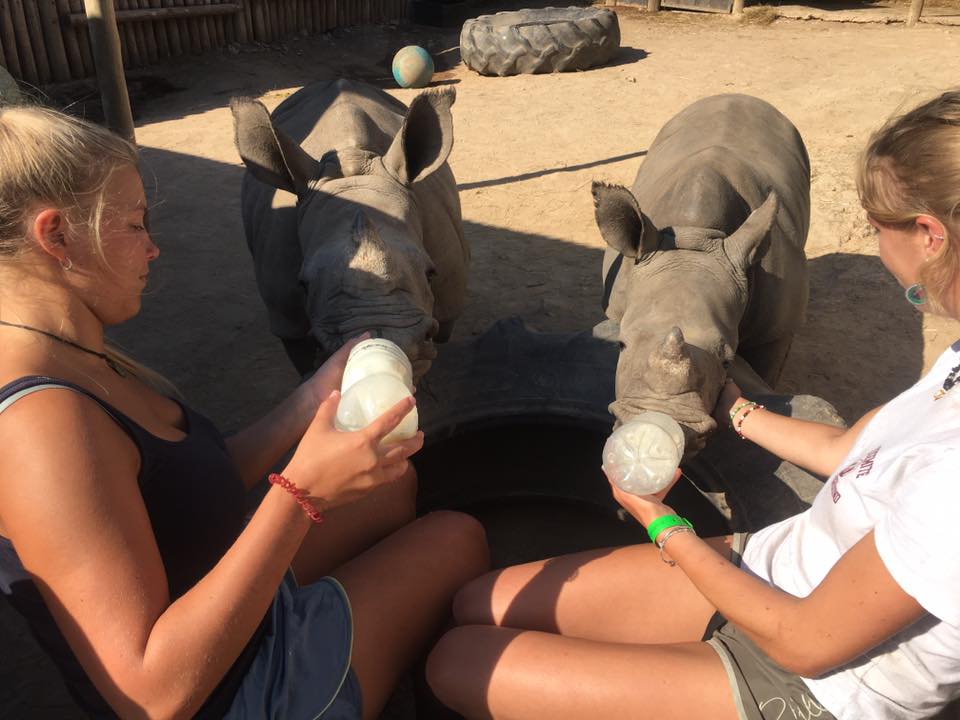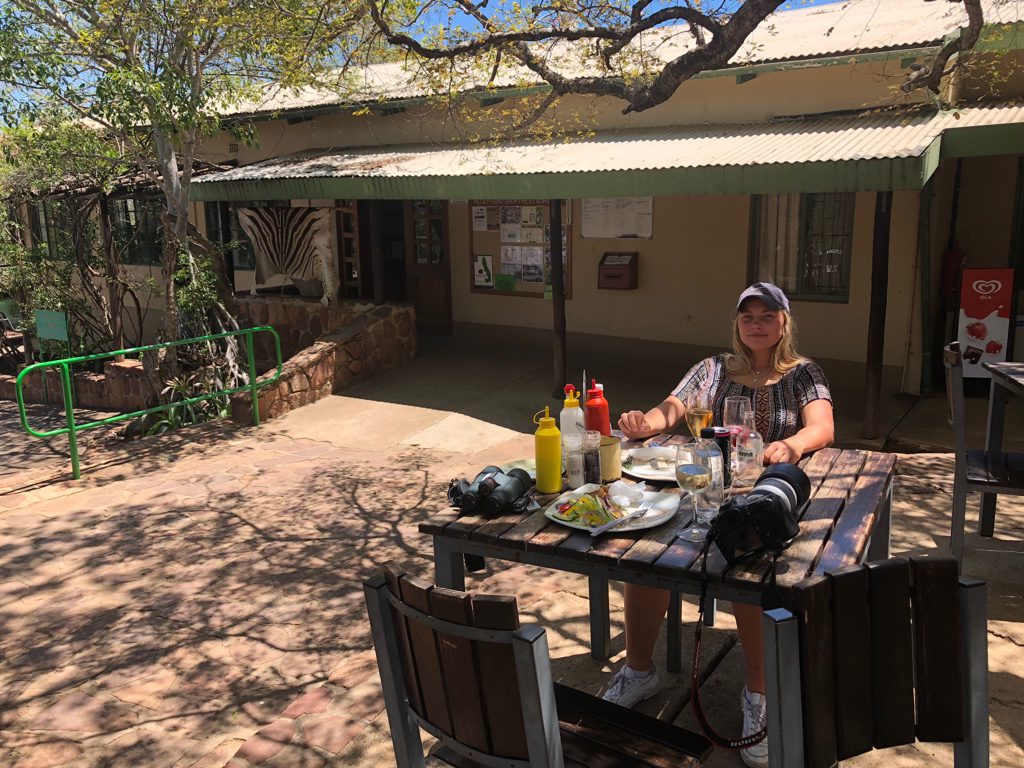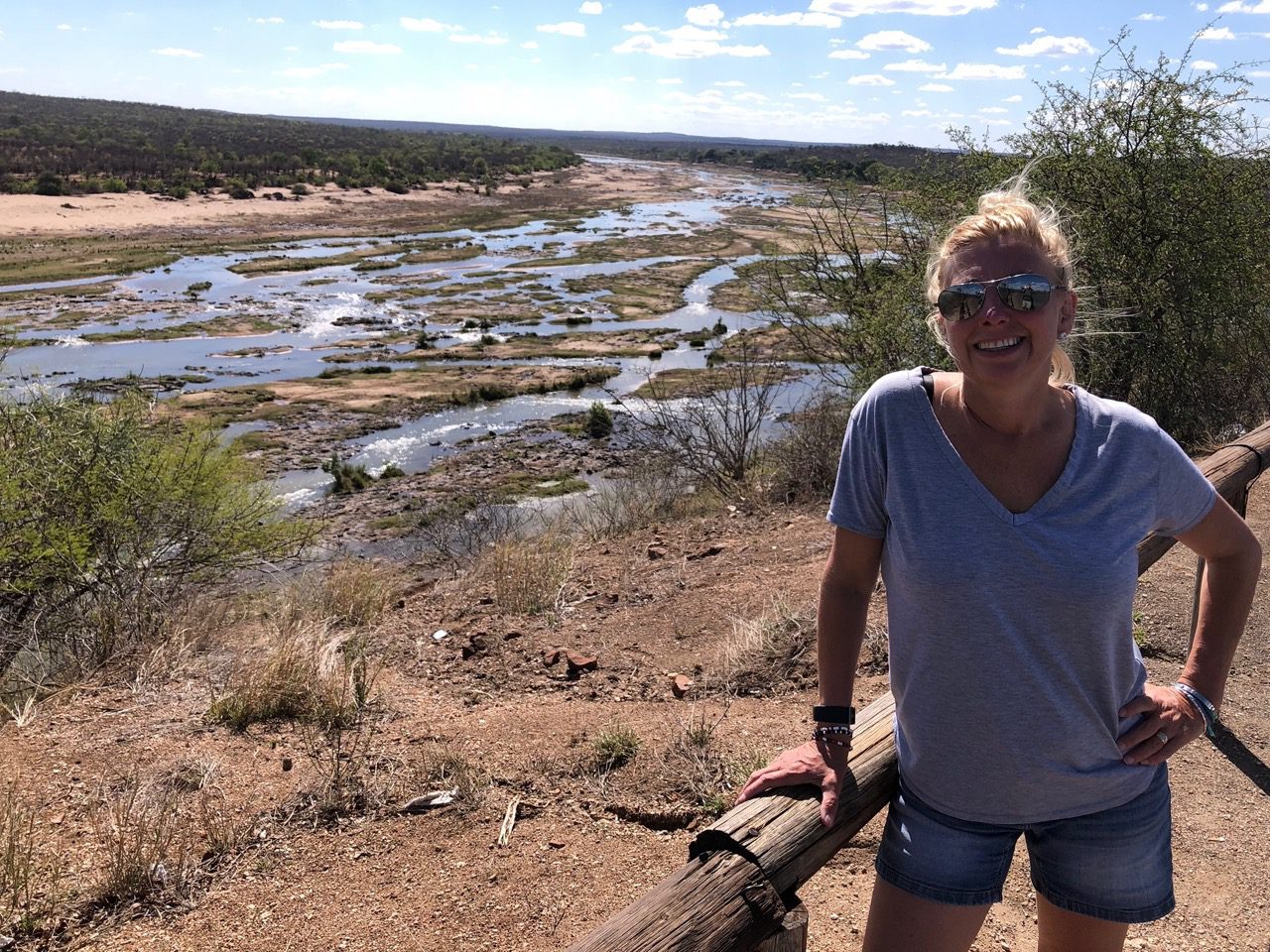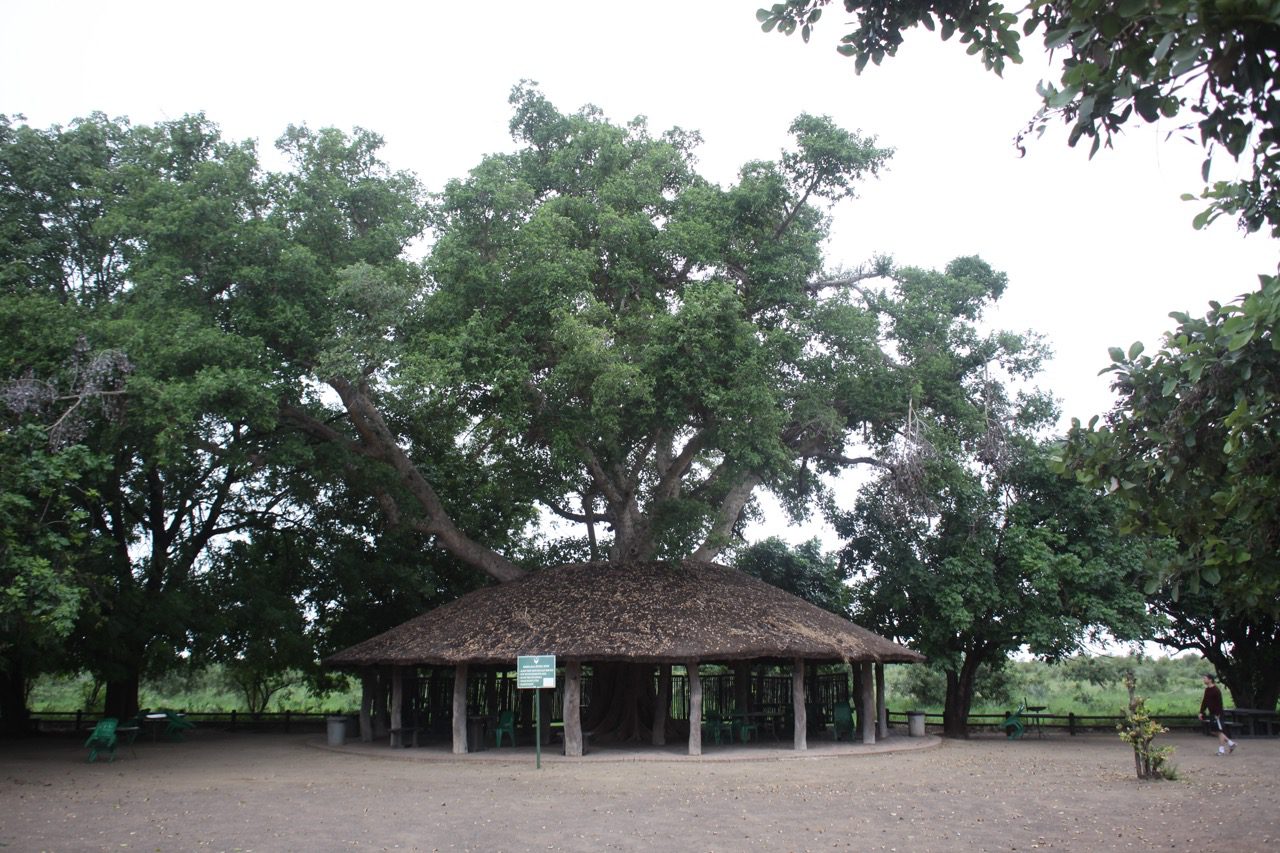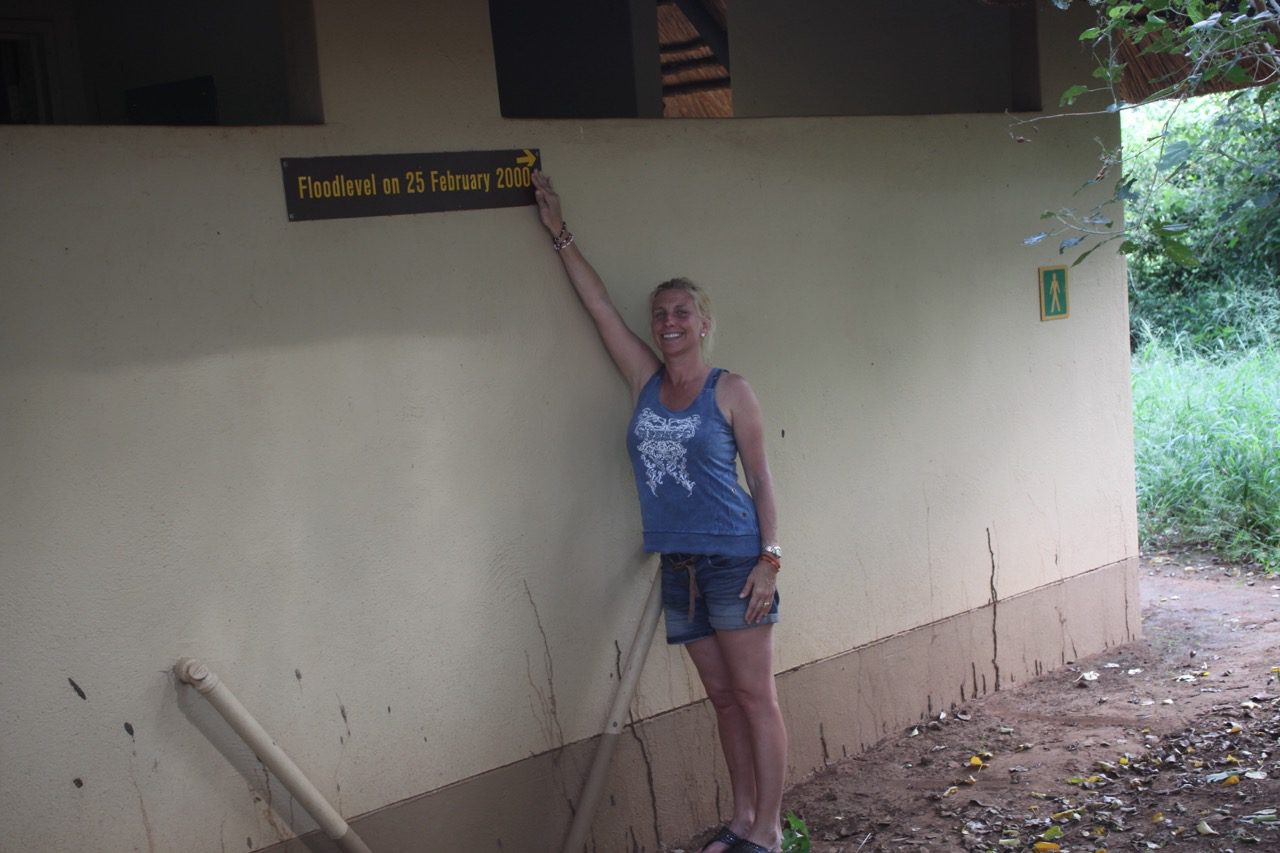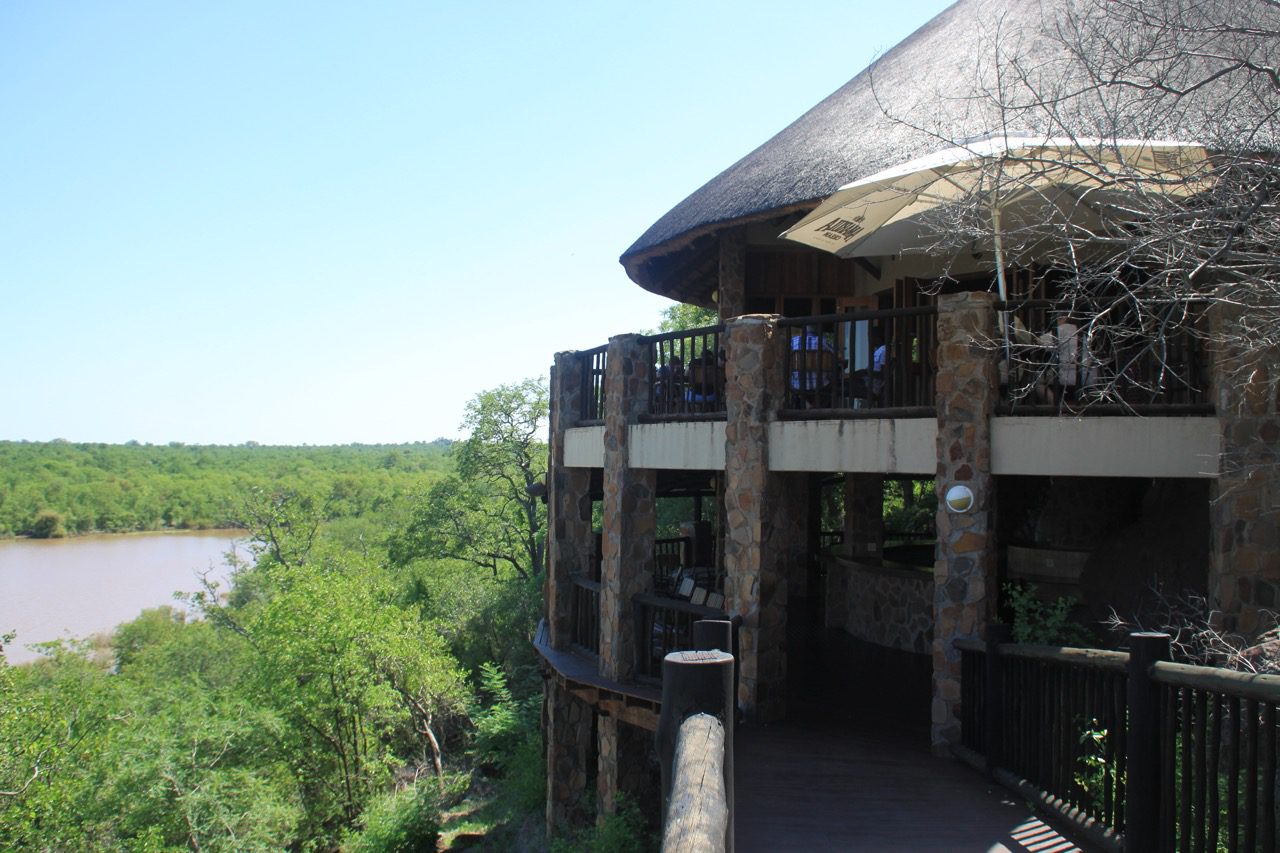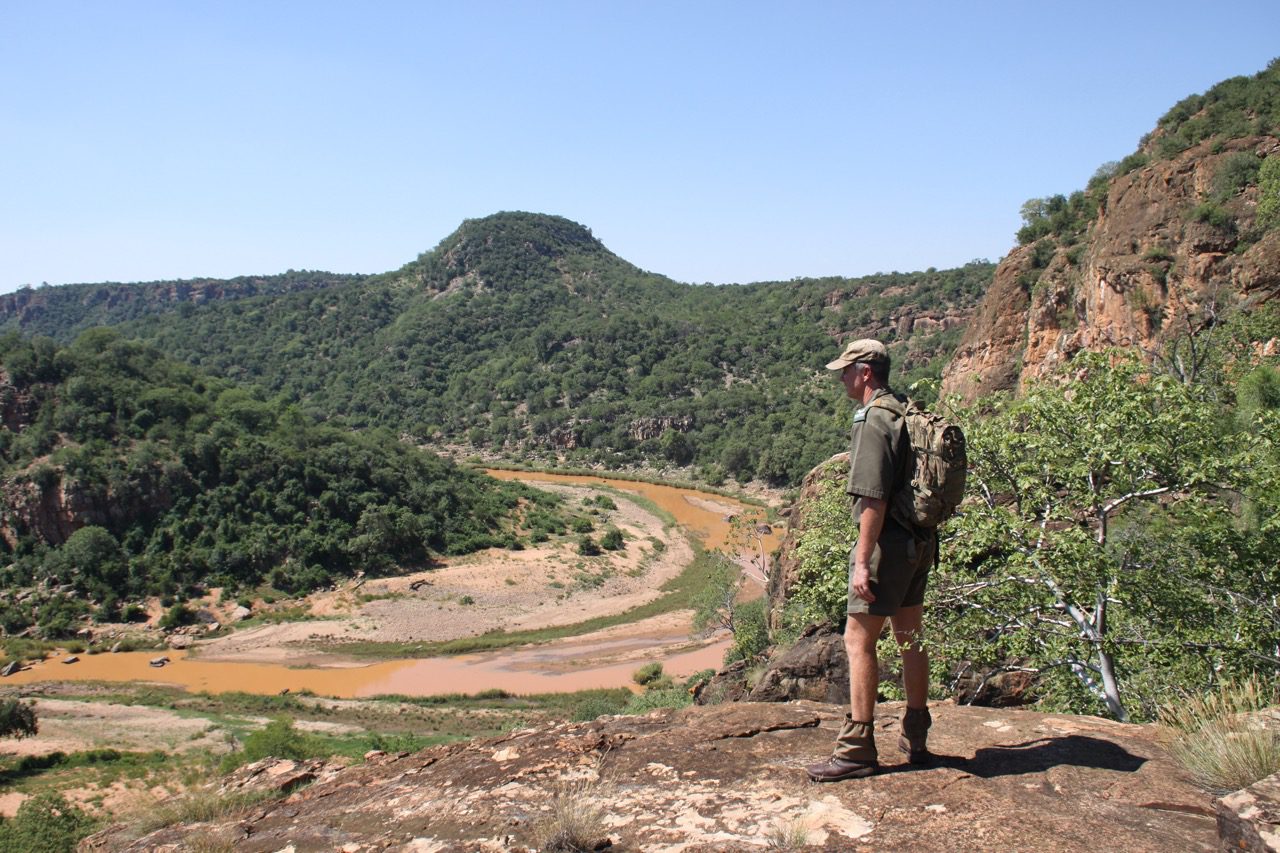SA: Kruger National Park – 2016 Highlights (Mjejane – Buffalo Brook, Oct)
A private Big 5 Game Reserve incorporated into the Kruger National Park. Perched on the banks of the Crocodile River and surrounded by thousands of hectares of raw African wilderness ... Paradise.... An amazing trip with Grandad, Judy and Andy, Lib and Sally. Buffalo Brooke is in the prime spot of Mjejane Game Reserve, which is the last extensive tract of pristine indigenous bush along the Crocodile River, forming the southern part of world-famous Kruger National Park. This self-catering lodge boasts 10 kilometres of undisturbed Crocodile River frontage, and guests have been lucky enough to view The Big Five, which are found throughout this region. Herds of buffalo and elephant frequent the riverine area and predators such as leopard, lion, hyena and often wild dog are seen here. Waterbuck and other antelope such as kudu, bushbuck and impala are common. Plain’s game such as zebra and giraffe come to the river to drink particularly in the dry months of the year.

